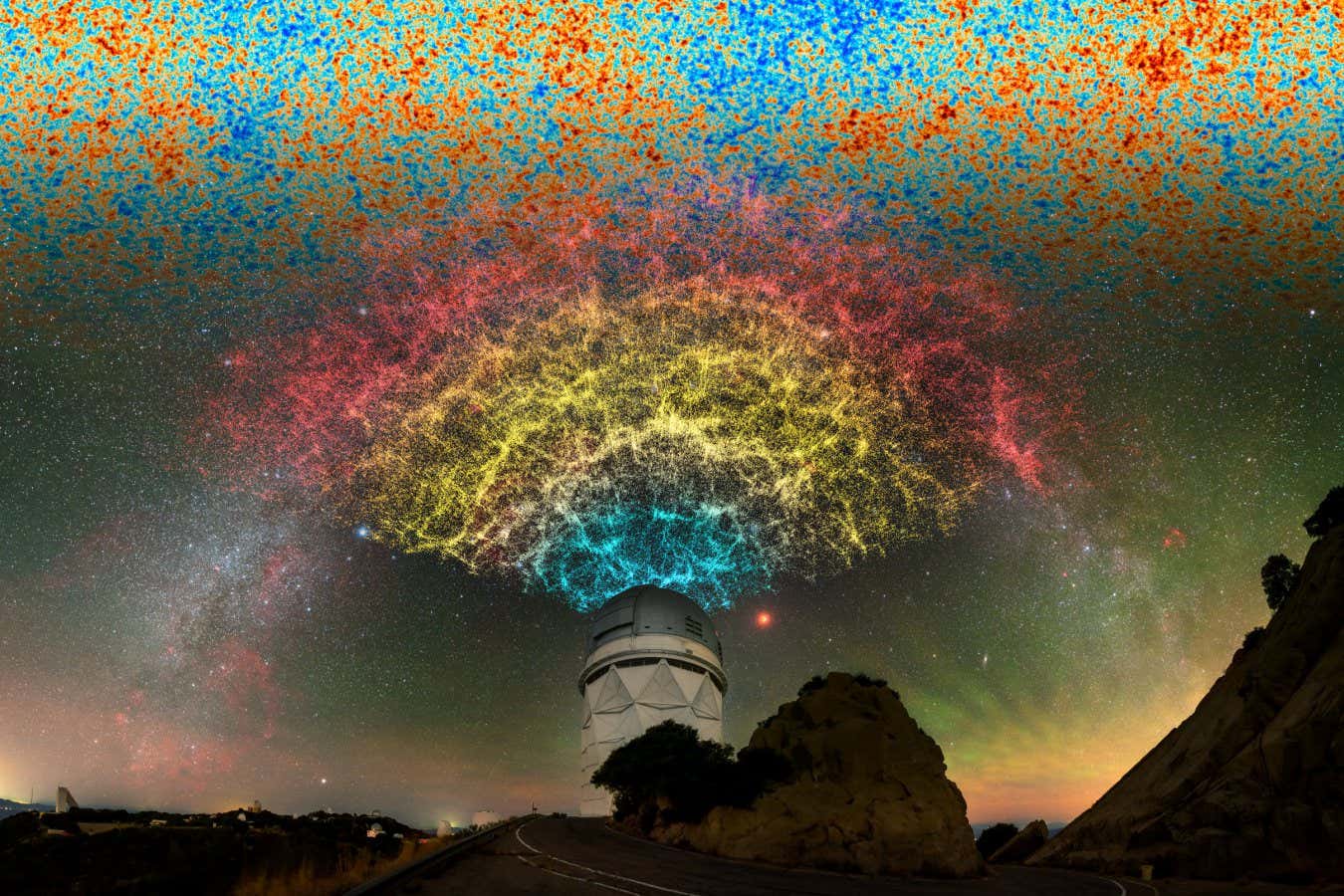

NASA’s Parker Solar Probe has made history by flying closer to the Sun than any spacecraft before it.
On December 24, 2024, the probe came within just 3.8 million miles of the Sun’s surface, moving at an incredible speed of 430,000 miles per hour — the fastest any human-made object has ever traveled.
Two days later, a signal confirmed the spacecraft survived the extreme conditions and is functioning normally.
This historic achievement marks the closest approach in humanity’s mission to “touch” the Sun. The probe’s goal is to study the Sun up close, collecting data that could change how we understand our star and its effects on the solar system.
“Flying this close to the Sun is a monumental step,” said Nicky Fox, head of NASA’s Science Mission Directorate.
“This mission helps us learn how the Sun works, how it affects our technology on Earth, and even what stars across the universe might be like.”
A journey six years in the making
Launched in 2018, the Parker Solar Probe used seven flybys of Venus to adjust its orbit and move closer to the Sun.
After its final Venus flyby in November 2024, the spacecraft entered its ideal orbit, allowing it to pass near the Sun every three months.
This carefully designed path lets the probe gather valuable data without being overwhelmed by the Sun’s intense heat and radiation.
The Sun’s outer atmosphere, called the corona, reaches temperatures of over 1 million degrees Fahrenheit.
To survive, the probe uses a special heat shield made of carbon foam, which can withstand up to 2,600 degrees Fahrenheit — hot enough to melt steel.
This shield keeps the instruments behind it cool, at about room temperature, while allowing the probe to safely study the Sun.
By flying so close, the Parker Solar Probe is collecting unique data about the Sun’s mysterious processes. Scientists hope to learn more about how the corona gets so hot, how solar wind (streams of charged particles) is generated, and how energetic particles are accelerated to high speeds.
Early findings from previous passes have already uncovered surprising details, such as the wrinkled shape of the Sun’s outer atmosphere and the origins of zig-zag patterns in solar wind.
“The data we get from this mission gives us a completely new perspective on the Sun,” said Kelly Korreck, a NASA heliophysicist. “It’s a revolutionary moment for solar science.”
The spacecraft’s next close passes are scheduled for March and June 2025. Soon, the data from this latest approach will be transmitted back to Earth, offering fresh insights into the Sun’s secrets.
Source: NASA.








Leave a Comment